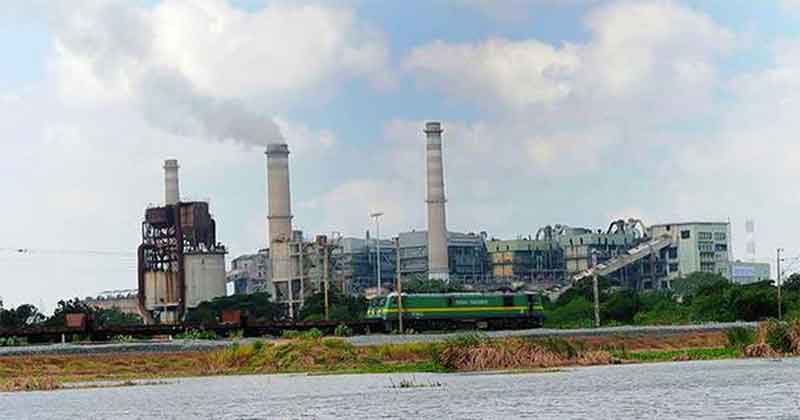
When we see all around that so much is being said and done in the name of environment protection, it seems very surprising that on the whole environment protection is not really progressing and environmental conditions are in fact deteriorating from the point of view of most indicators. This situation can be better understood if we see clearly the different trends of environment protection for what they are.
Firstly, there are the environment protection campaigns and claims of some of the worst polluters of our planets. As some of the biggest businesses including multinational corporations faced increasing criticisms and regulation during their highly polluting activities, they launched a number of schemes which could present them as protectors of environment. In effect the vast majority of these schemes are only a cover-up so that the overall polluting activities of the corporations can continue unabated. There is the rare possibility of some real and sincere contribution, but on the whole it is just cover-up and environmental harm continues much as before. In fact some cover-ups can even increase harm.
Secondly some environment protection actions are of such a nature that there is only outer appearance of more greenery or environment protection, while in effect there may be even more harm. For example a park may be created and maintained using huge amounts of chemical fertilizers and pesticides. Outwardly you see a lot of greenery , but actually much more environmental damage has been cased in the process of creating and maintaining it.
Thirdly there may be actions in the name of environment protection which do not actually protect environment but merely shift the location of environmental destruction. A highly polluting industry may be shifted from a rich country to a poor country, or from a city to a rural area, or huge waste dumping may be similarly shifted. The actual environmental costs are only likely to increase due to more transport related environmental costs.
Fourthly, many environment protection initiatives are taken without really taking into consideration the need for a simpler life involving lesser consumption, or else even when this is considered, the consideration is at a very superficial level in the sense that only changes which are very easy and in accordance with high comfort levels are considered. This cannot go far in environment protection and merely creates a comfort-giving illusion.
Fifthly, several environmental campaigns take the form of one activity campaigns. These can be useful in a limited way, such as the campaigns in many parts of India to avoid daily shopping in polythene bags are, but these single-activity campaigns cannot go very far by themselves. Sometimes alternative products that are introduced are also harmful in some other way. Recognizing this limitation should not be misinterpreted as discouragement. Even a limited contribution, and the environmental consciousness this generates, is welcome.
Sixthly, due to lack of holistic thinking, some limited gains made in environment protection can be overwhelmed by even more destructive changes. To give an example, some improvements may have been made in a region or country in terms of reducing the adverse environmental impacts of industrial farming, but then suddenly a decision to allow introduction of GM crops is taken and the gains made earlier are buried in the much higher destructive impact of GM crops.
As distinguished from all this sometimes very sweeping changes for protection of environment and wild life are made, such as preventing all human activity over vast areas designated as various forms of green zones. While this certainly helps environment and wild life protection in some contexts, in other contexts , where a significant human presence exists in such areas, such actions can create avoidable loss of livelihoods and new conflicts which ultimately lead to new environmental problems as well.
All these kinds of environmental protection actions taken together can at best lead to very limited gains ,and are as likely or more to also result in a worsening of environmental and other problems . As most environment protection actions, programs and schemes are of this kind only, one can see why there has been more talk, more visibility but very less results.
What we really need is holistic approach to environment protection which is also linked to protection of livelihoods and justice, an approach which recognizes the critical importance of time-bound big systemic changes needed to check climate change and other survival threats in time, linked to matching ground-level, daily life actions. This is the approach which will give best results and we need to move towards this.
Bharat Dogra is a journalist and author. His recent books include Planet in Peril and Protecting Earth for Children.
IF YOU LIKED THE ARTICLE SUPPORT PEOPLE’S JOURNALISM
















































